Journal
Silhouette Fabric Test – Part 2
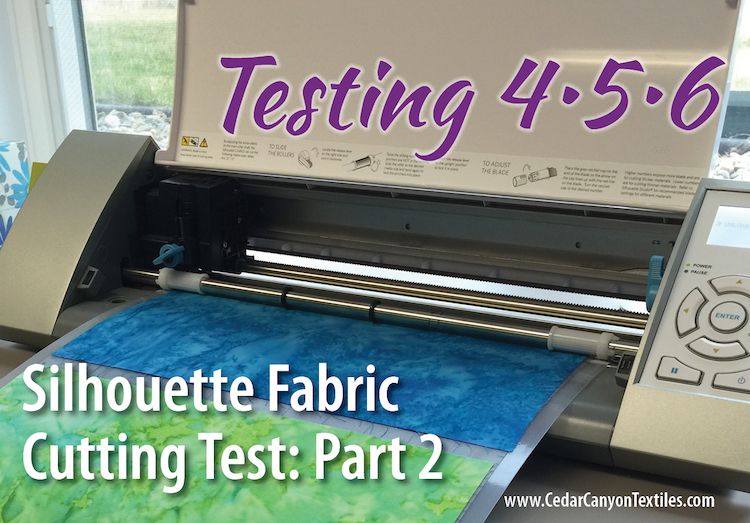
In Part 1 of my Silhouette Fabric Test, we talked about stabilizing fabric for cutting without adding stiffness to the fabric. Today, we’ll look at fusible stabilizers and then compare the options.
[Tweet “Fusible web is a great stabilizer for cutting fabric with a Silhouette.”]
The next step in my fabric cutting test was to stabilize fabric with fusible web before sending it to the Silhouette Cameo cutting machine.
One important note here. Be sure that the fusible web is firmly attached to the fabric. You don’t want it peeling off on the sticky cutting mat!
I chose Steam-a-Seam Lite for the purple fabric, and Steam-a-Seam2 for the dark blue. (That’s Steam-a-Seam2 Regular — not Lite.) At any rate, one light-weight fusible and one heavy fusible.
I sent 4 shapes to the cutter. Two have curved lines and two have straight lines. The fabric with the lighter fusible cut quite well, with just one little thread hanging on when I peeled up the fabric.
The fabric with the heavy fusible web cut perfectly. Not a thread pulled our out of place. No wonder people call for stabilizing the dickens out of the fabric before cutting — it really works!
The question is… does a heavy stabilizer work for your project? Or can you get acceptable results without adding stiffness to the fabric?
Review: Which Stabilizer Is Right For You?
In Part 1 of the Silhouette Fabric Test, the first cuts were on fabric with NO stabilizer. As you can see, the results were less than exciting.
From there, we progressed from pretty darn good to amazingly perfect.
Fabric stabilized with Totally Stable (green) and Freezer Paper (red) cut acceptably well and retained the original hand of the fabric after the stabilizer was peeled off.
Fabric stabilized with light fusible web (purple) and heavy fusible web (dark blue) cut very cleanly. The heavier the fusible web, the cleaner the cut.
Add more stability with starch?
Before I end this test, there’s one more thing to discuss. Many of the people cutting fabric with a Silhouette cutter recommend starching or treating the fabric with a stiffener like Terial Magic AND adding heavy fusible web. Holy buckets, Batman! Do we really need both?
[Tweet “How stable is “stable enough” for cutting fabric with a Silhouette?”]
In my test, the fabric with the heavy stabilizer cut perfectly without starch or additional stiffening. My personal preference is to add as little as possible to my fabric as I work. But that’s just me. I suggest that you run your own test and see what works best for you and your project.
Your Turn
It was great fun to see all your questions and comments on Part 1 of the Silhouette Fabric Test. Do you have any more tips to share? Which fusible web products work the best for you? Are there ways to stabilize and cut that I’ve missed?
Chime in with your thoughts in a comment below. I love to know what you’re up to!

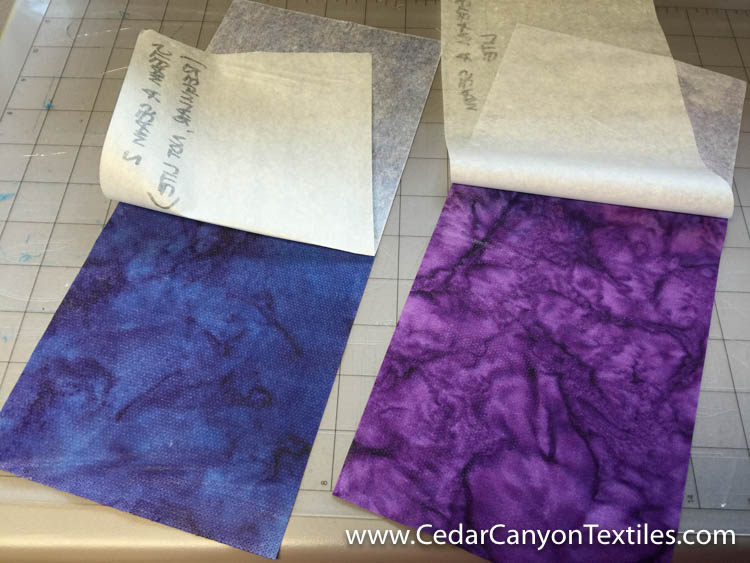
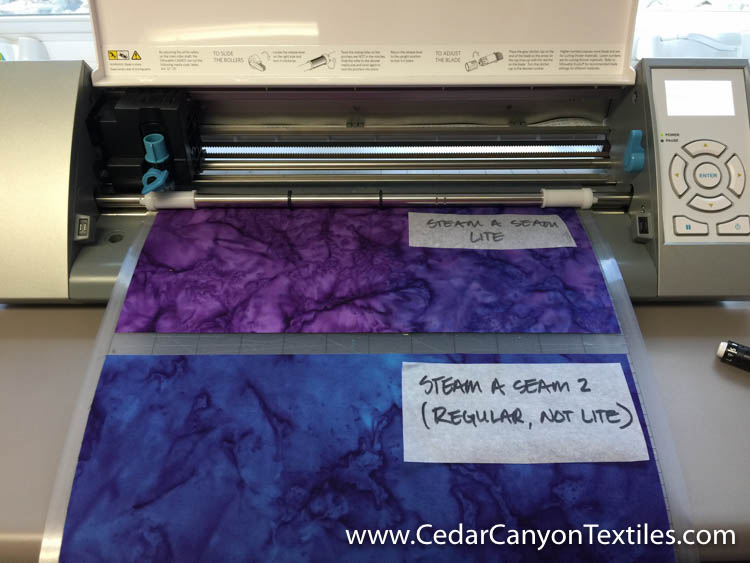
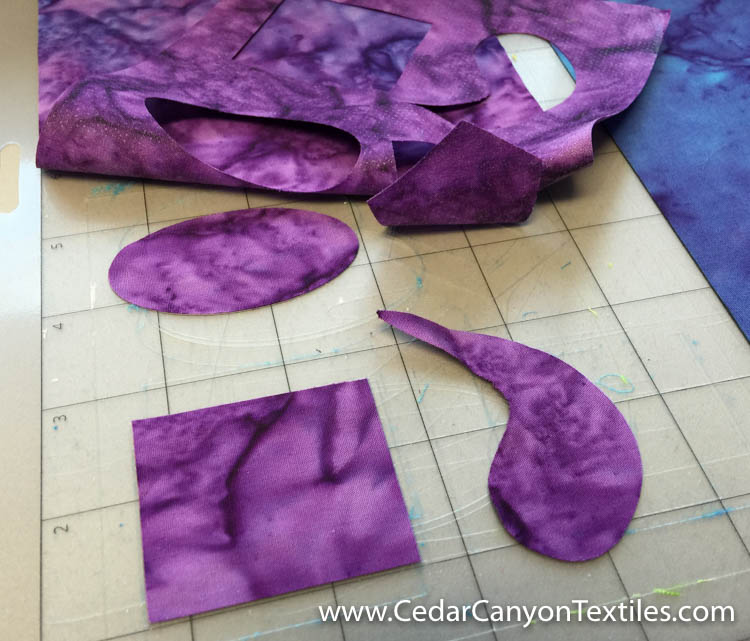
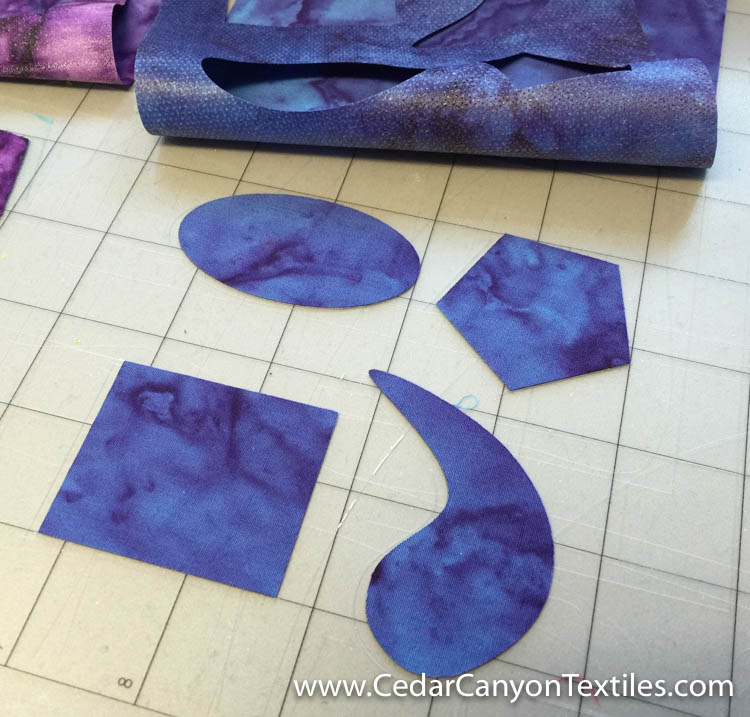
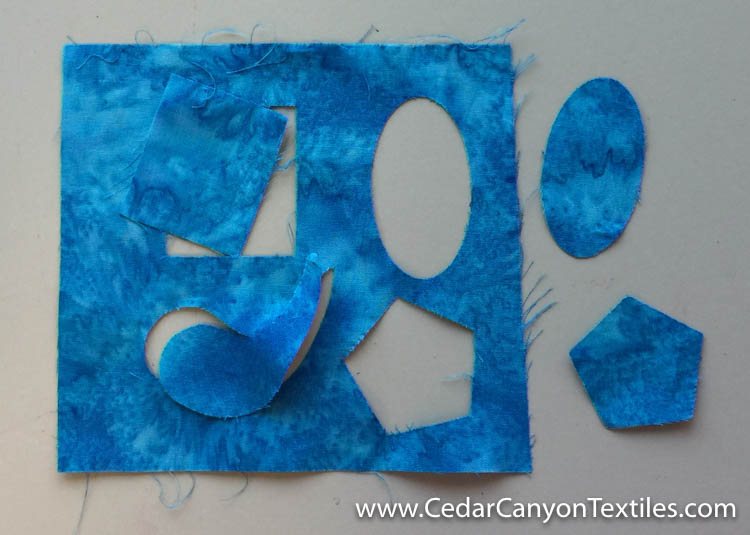
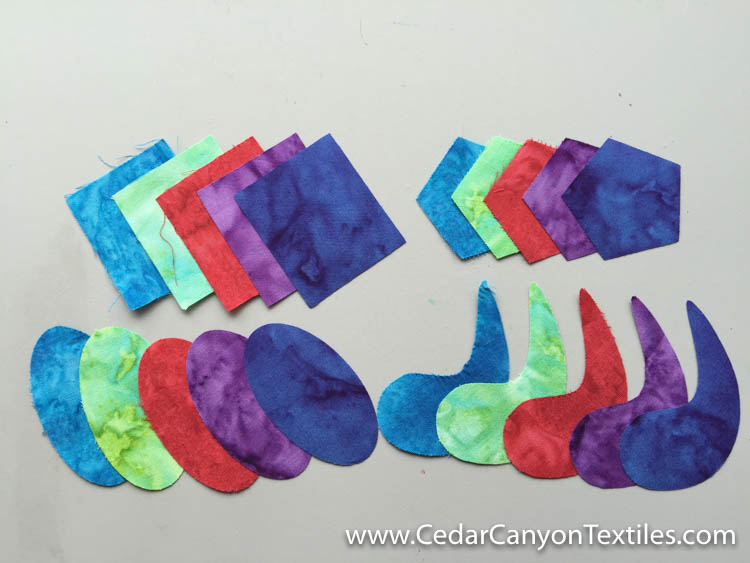

I am wondering if the earlier results would be improved with the addition of starch so one wouldn’t feel the need for the fusibles?
That’s a good question, Glenna. I was chatting with Terri Johnson (the queen of All Things Silhouette) just this morning. She said one of her students does exactly that — a light spray with Terial Magic and then backs it with Freezer paper for cutting. I’ll give it a whirl and do an update soon.